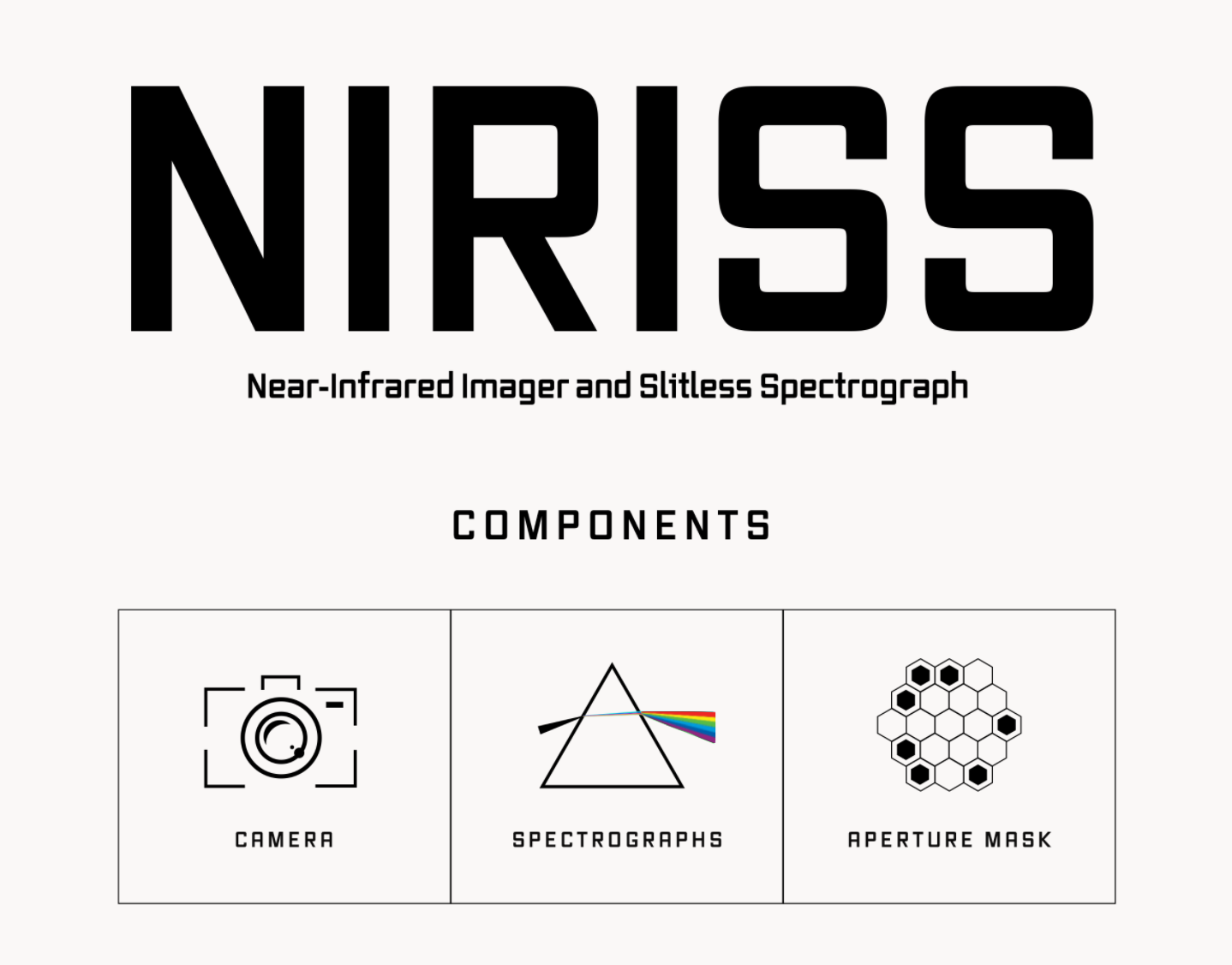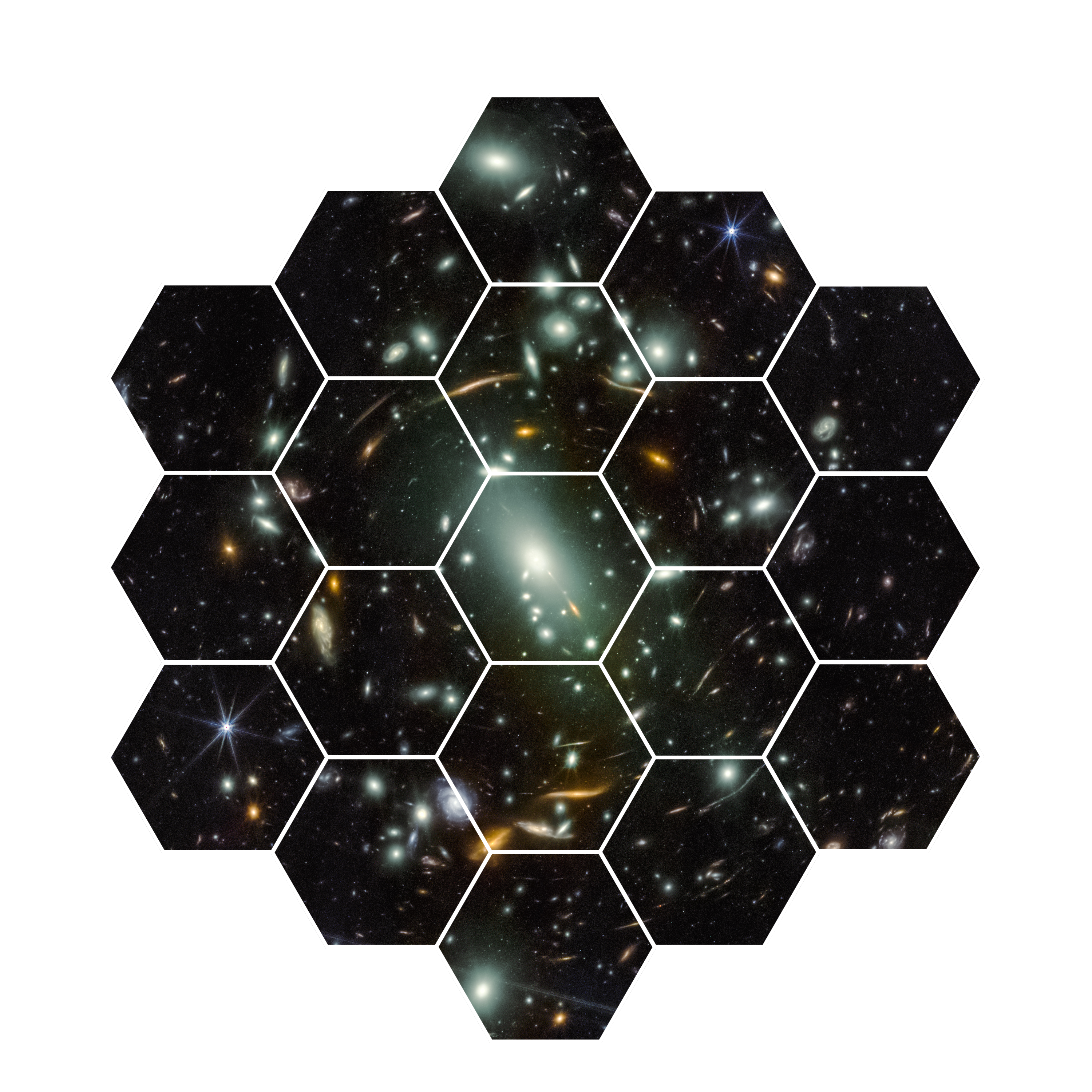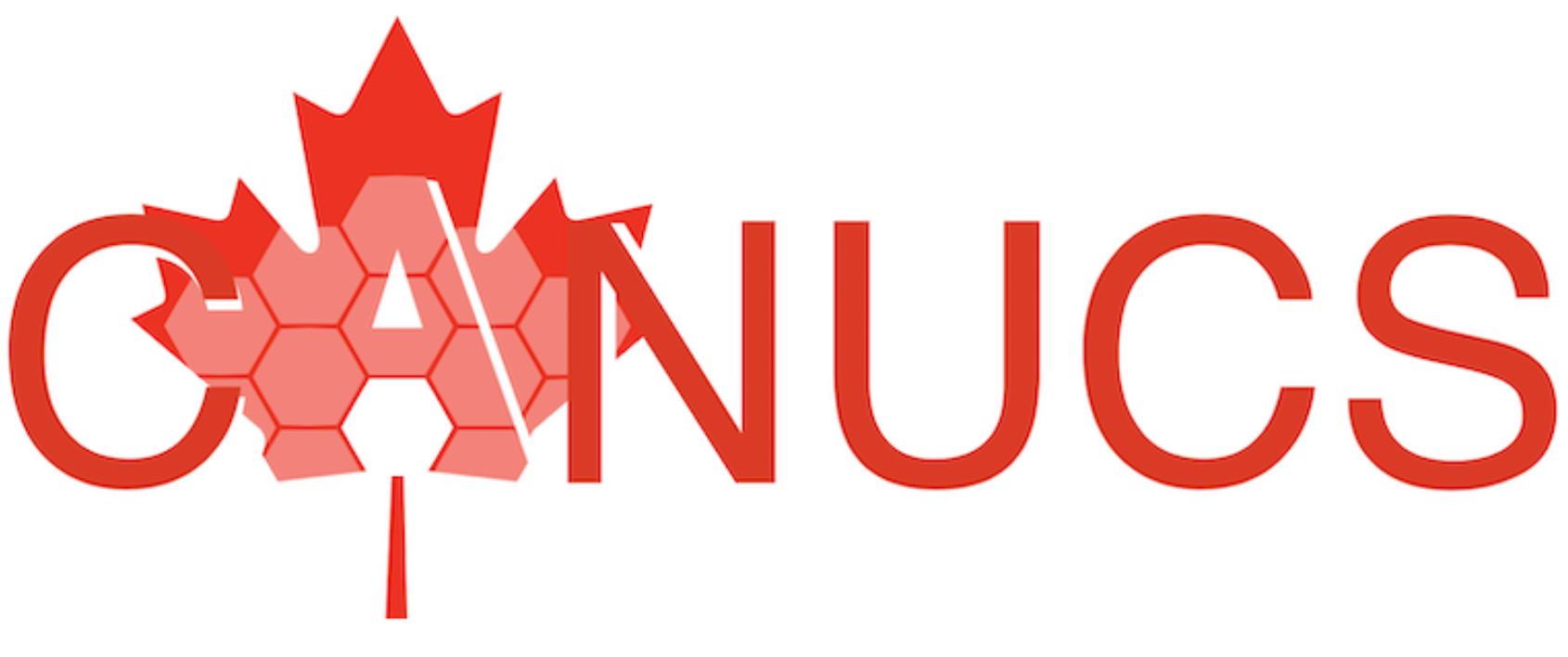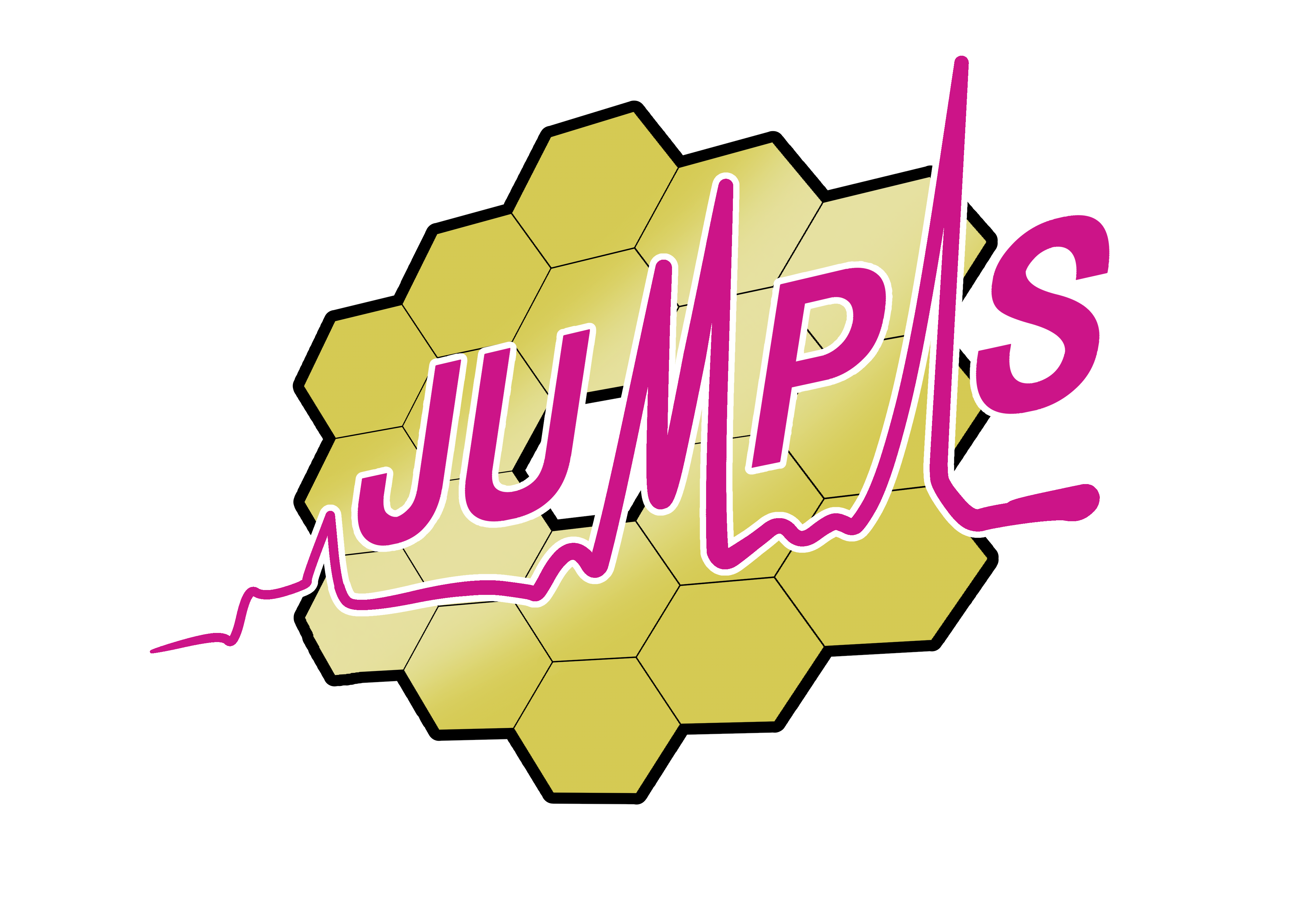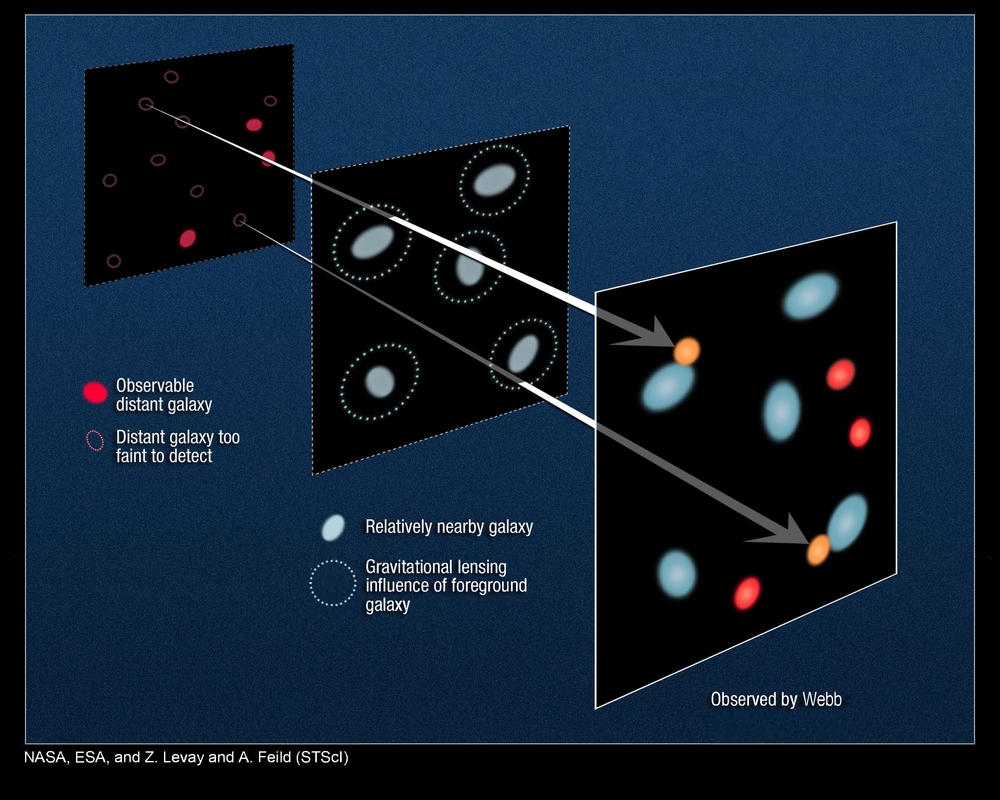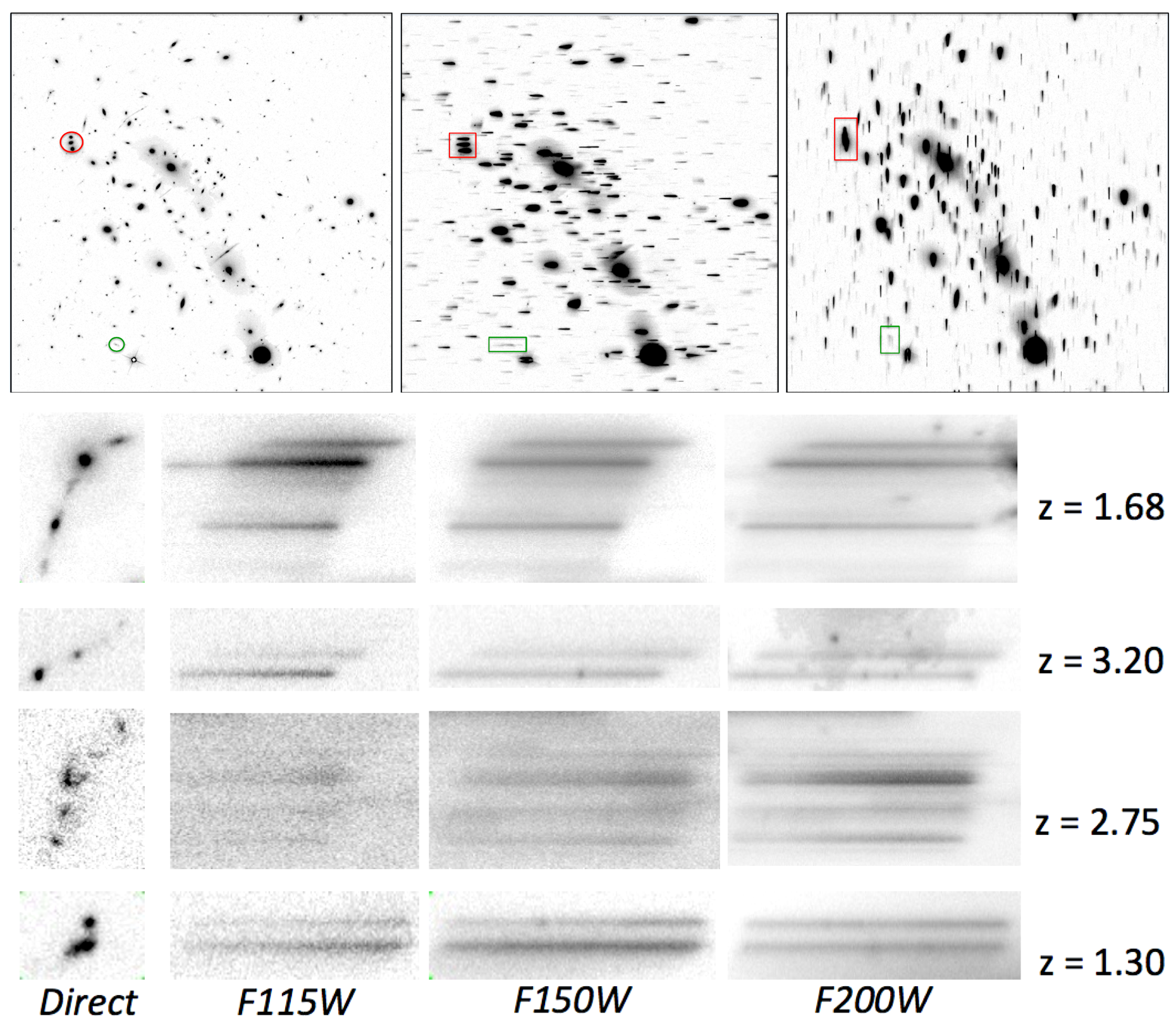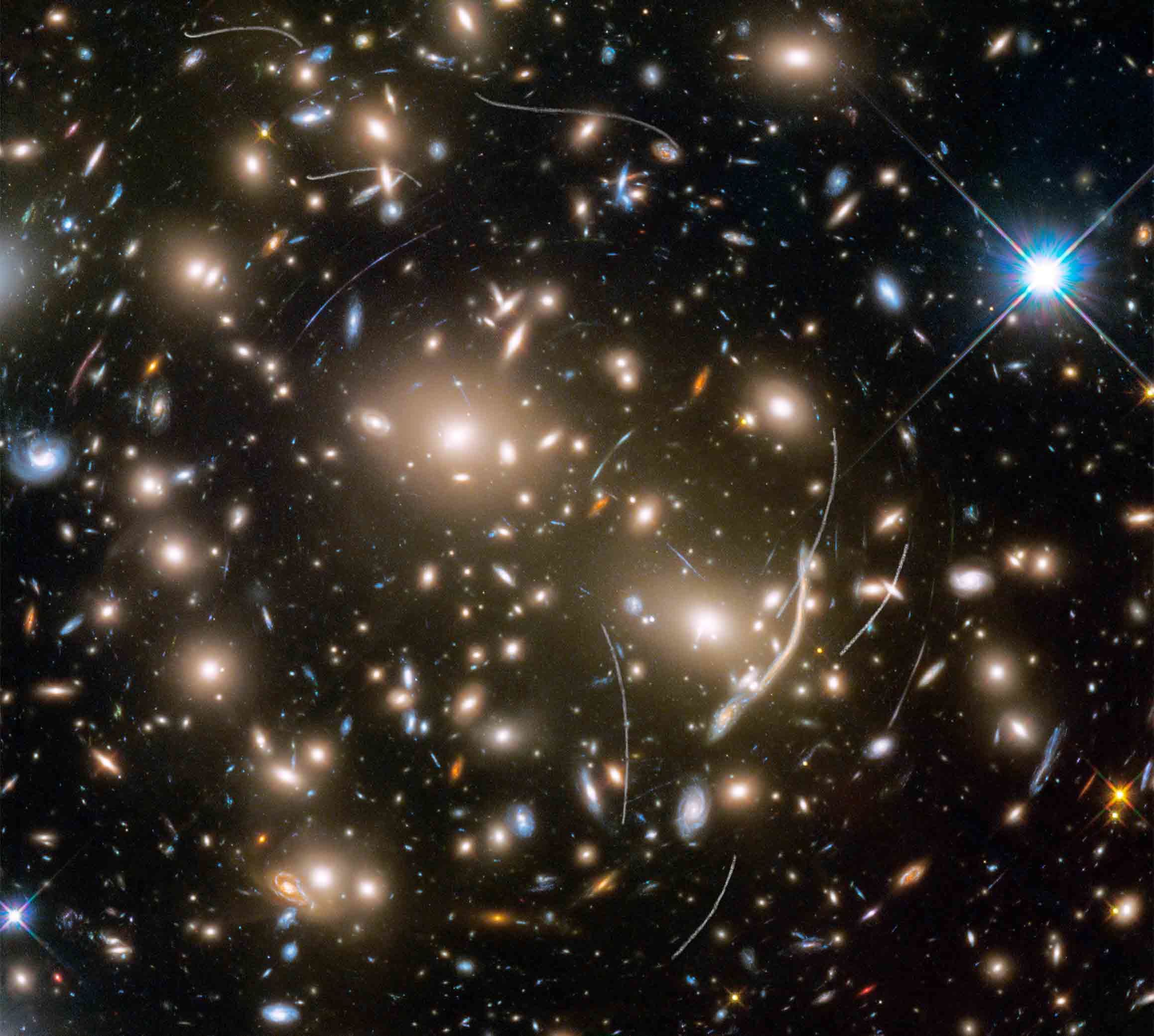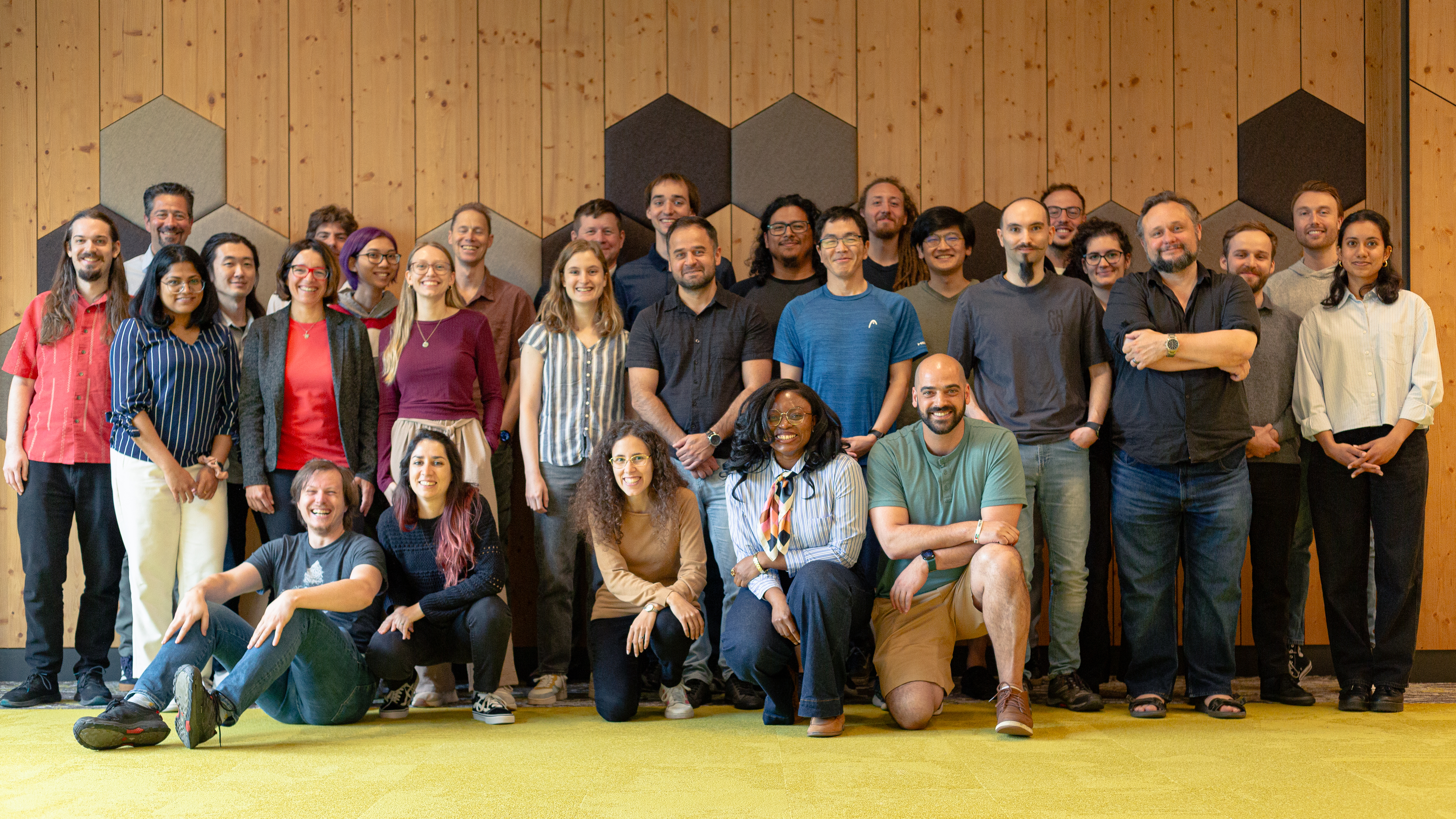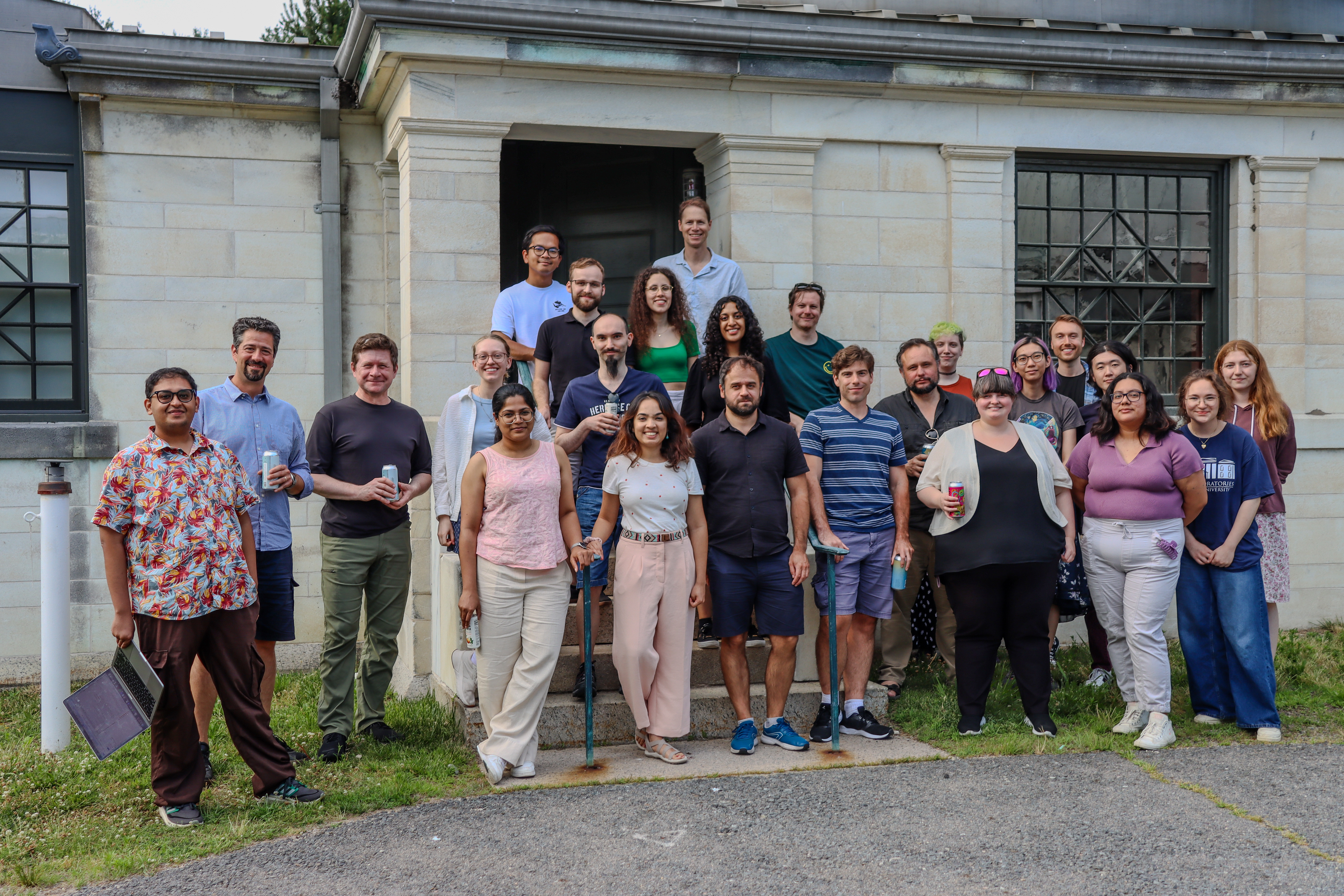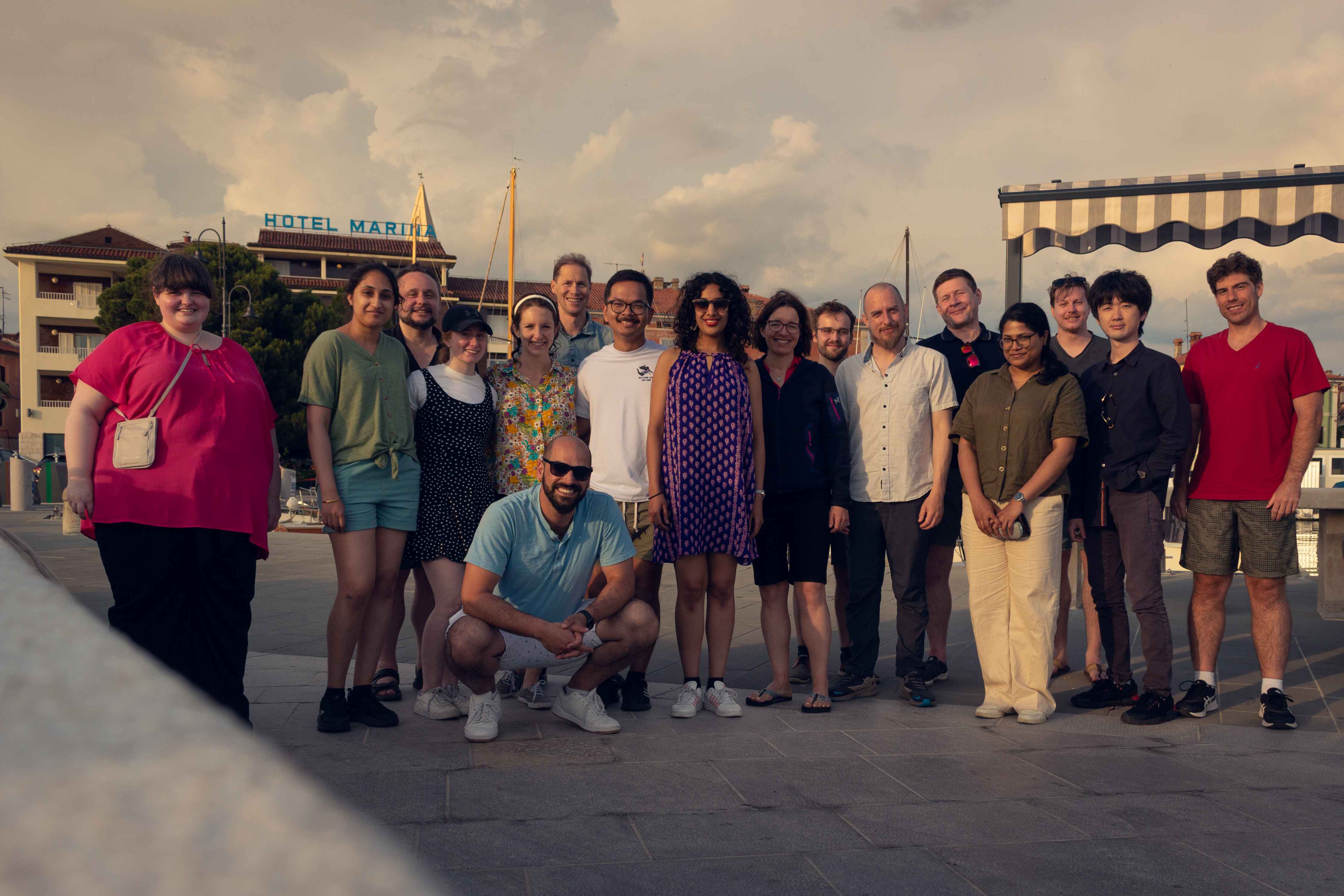JWST Ultimate Medium-band Photometric Survey
JWST Cycle 3 GO program
The “JWST Ultimate Medium-band Photometric Survey” or “JUMPS” is a JWST Cycle 3 followup program to CANUCS (PID: 5890, PI: Withers). JUMPS obtains deep medium band imaging with NIRCam in the main CLU fields of the three Hubble Frontier Fields clusters in CANUCS (MACS 0416, MACS 1149, Abell 370). Specifically, JUMPS observes in the F360M, F430M, F460M and F480M filters in the LW and is designed to detect the faintest line emitters at z > 6 (M_UV ~ -17) by targeting strong line emission in the medium bands. With the aid of gravitational lensing by the clusters, JUMPS will also unlock ultra-faint line emitters at z > 6 as intrinsically faint as M_UV ~ -12. In the SW band JUMPS obtains an ultra-deep 9 hour integration in the F150W filter. The primary goal of this observation is the identification of z > 15 dropout galaxies aided by the power of gravitational lensing. In parallel to the NIRCam observations, JUMPS obtains F090W, F277W, F356W and F444W imaging in the CANUCS NSF WFSS parallel fields, which aids in the determination of stellar masses and stellar population parameters.
